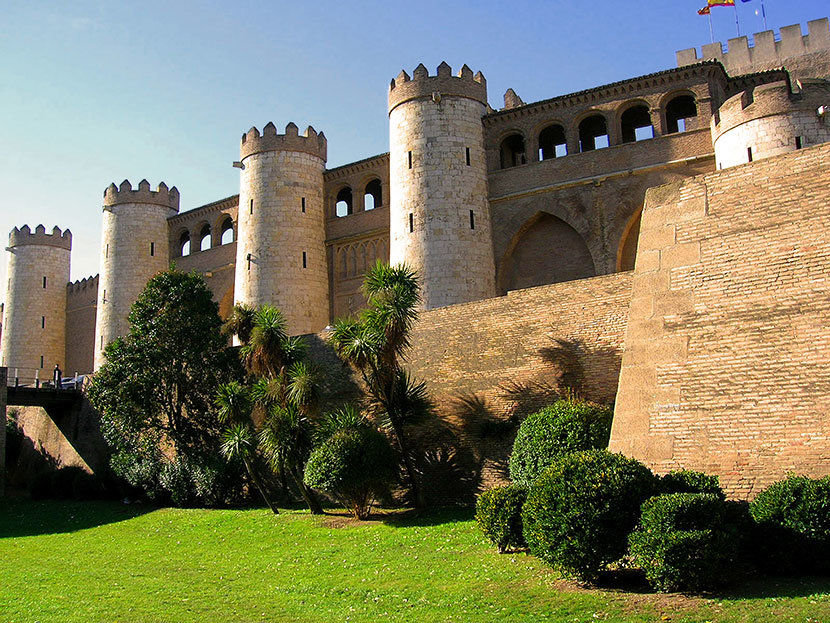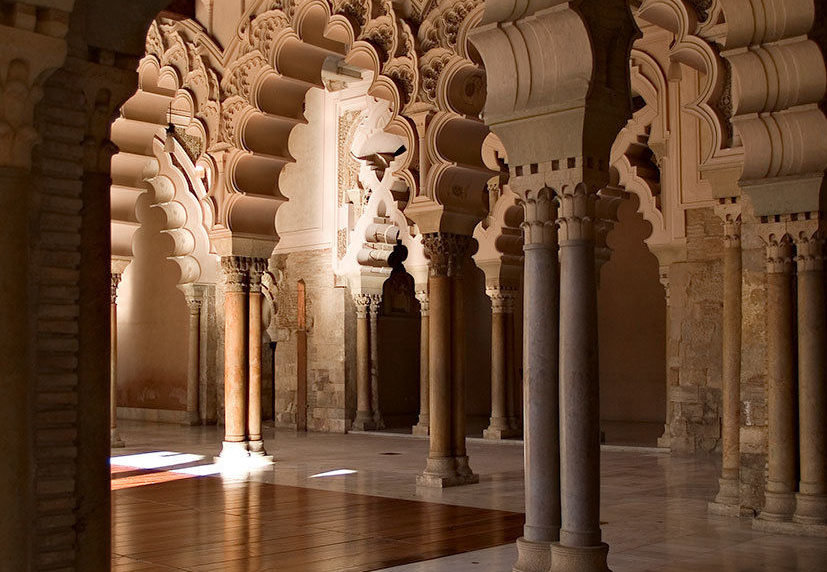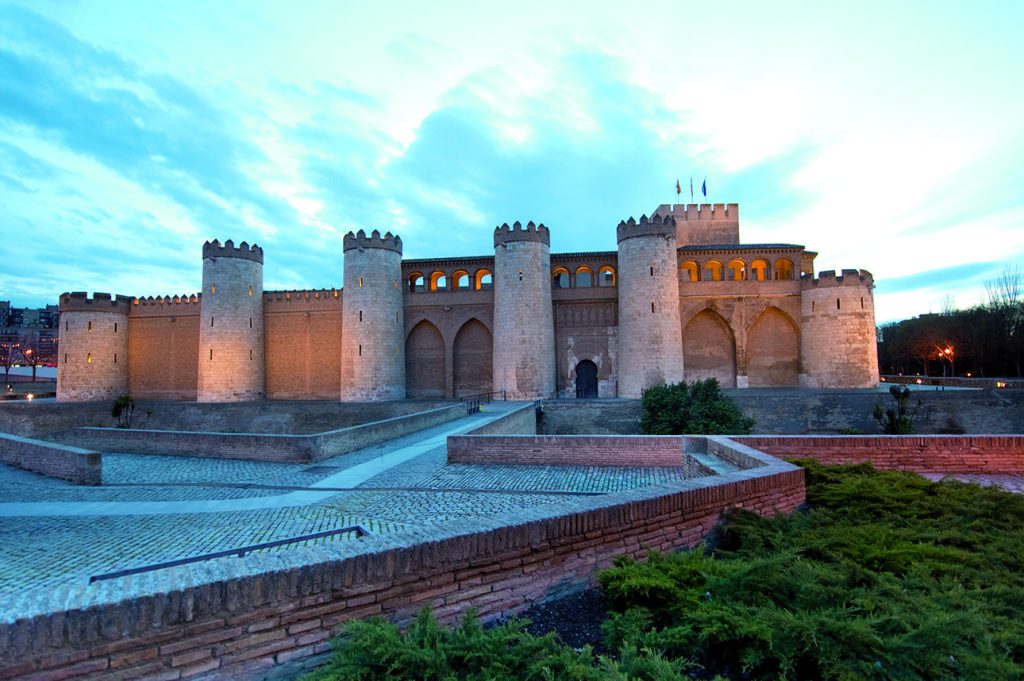This website uses cookies so that we can provide you with the best user experience possible. Cookie information is stored in your browser and performs functions such as recognising you when you return to our website and helping our team to understand which sections of the website you find most interesting and useful.
Zaragoza
With more than two thousand years of history, Zaragoza is configured as a great melting pot of cultures. Next to the sturdy walls, the statue of Emperor Augustus contemplates the city that he founded. Near the Plaza de las Catedrales you can find the Foro Museum and the museum of what was the Roman River Port. In the old town you can visit the Museum of Public Baths and the Theatre, one of the buildings for larger representations of Hispania.
But if Zaragoza flourished in Roman times, the same happened during its Islamic period. This can be seen walking through the courtyards of the palace of La Aljafería, one of the pinnacles of Hispano-Muslim art. In the silhouette of the city there is also a set of Mudejar towers declared to be World Heritage by UNESCO. The prosperity of the city in the Renaissance, known at that time as the Florence of the Iberian Peninsula, is evident in the beautiful buildings scattered throughout the historic city centre, such as La Lonja, a unique example of a building of this kind in an inland city, which gives us an idea of its commercial importance. And on the banks of the River Ebro is the Basilica del Pilar, the largest baroque temple in Spain and an icon of Zaragoza par excellence. A few metres away, the splendid Cathedral of San Salvador, is an eclectic set of artistic styles, a political and religious centre of the Crown of Aragon, where they swore Los Fueros, where their kings were crowned. Also impressive are its modernist and historicist traces. Zaragoza is a modern, dynamic city full of economic and social activity. An accredited city of congresses, renewed and embellished after the 2008 International Expo. Undoubtedly, the city of Zaragoza is a first-rate tourist destination, for its monuments, its museums (Museum of Zaragoza, Pablo Gargallo, Origami, Goya-Ibercaja, Pablo Serrano, Alma Mater Museum,…), its parks, its natural spaces, its cultural offer, its gastronomy and, in short, its potential as an average European city that requires a prolonged visit.








